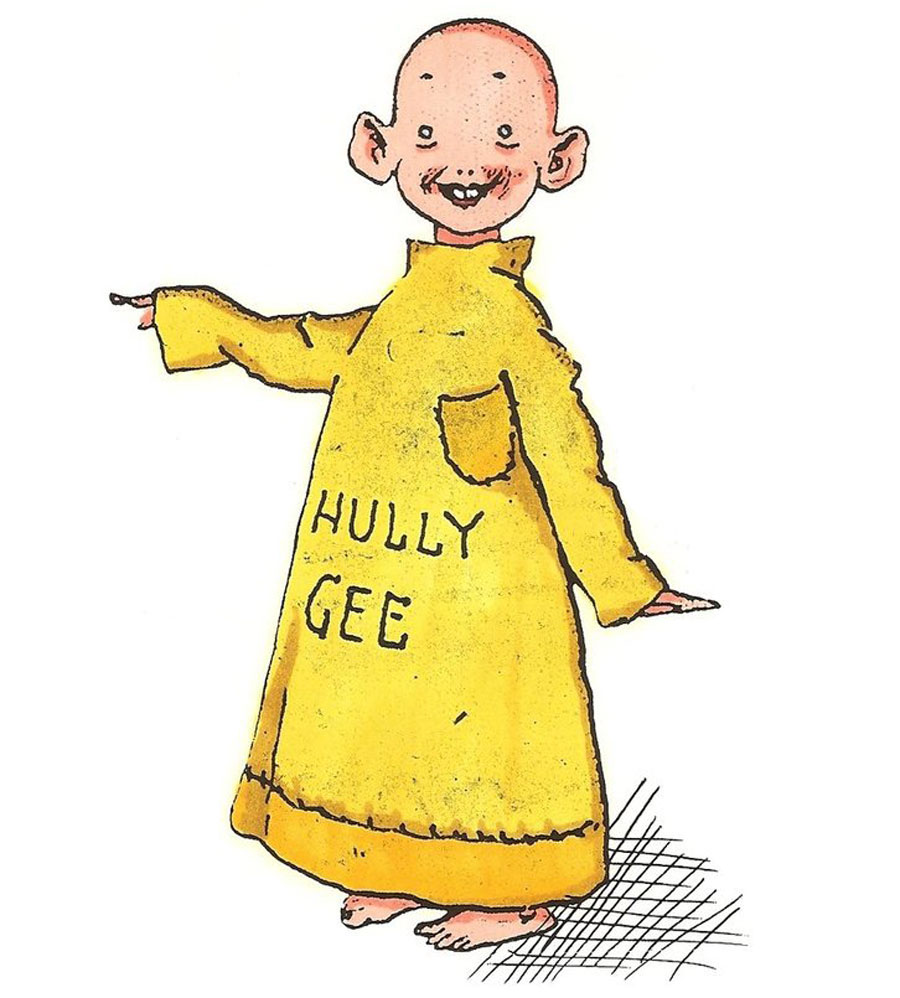Study Reveals Bias in Buffalo News Education Reporting
“There are few things more dangerous than propaganda disguised as journalism,” reads one conclusion from a study by SUNY Buffalo State professor Dr. Andrea B. Nikischer, who has delved into the past year of reporting on education by the Buffalo News.
If we extrapolated her findings—and borrow the phrase quoted above—we could conclude that there are in fact few things more dangerous than the News’s education reporting.
“Propaganda and Policy: An Investigation into Alleged Anti-Teacher’s Union and Pro-Charter School Bias in the Buffalo News” is the title of Dr. Nikischer’s report, which takes a deep look into the reporting done by the News with regard to charter schools and Buffalo Public Schools.
The study demonstrates that two distinct stories are being told: The first gives readers an uncritical look at charter schools, promoting them as the answer to the perceived failure of the city’s so-called failing public schools, while the second gives an overwhelmingly negative portrayal of Buffalo Public Schools, along with their teachers and union.
“As Buffalo has only one traditional newspaper, and virtually no other mainstream media sources in the county provide detailed coverage of the Buffalo Public Schools or school reform, the power of articles published on these issues is immense,” notes Dr. Nikischer, an assistant professor at Buff State’s Adult Education Department.
Public school supporters have been critical of the News’s coverage, which has, they believe, unfairly and loudly echoed the agenda of Governor Andrew Cuomo, the Buffalo Board of Education majority, and the nationwide school privatization and high-stake testing movements. Now, for the first time, they can point to a qualitative study to back these claims.
 To undertake the study, Dr. Nikischer evaluated News articles published from October 1, 2013 to November 30, 2014. All articles—190 in total—were culled from the paper’s regularly published articles, SchoolZone blog posts, and opinion pieces. Each article was coded in three respects: 1) for content and tone (What is the article about? What is the tone—positive, negative or neutral?); 2) for general themes; and 3) whether to include the article in the study or not. The idea is to compare large sets of data and draw general conclusions based on the tone and content of the articles. Disqualified articles were those outside of the researchers’ ken and which had no relevance to the themes undertaken.
To undertake the study, Dr. Nikischer evaluated News articles published from October 1, 2013 to November 30, 2014. All articles—190 in total—were culled from the paper’s regularly published articles, SchoolZone blog posts, and opinion pieces. Each article was coded in three respects: 1) for content and tone (What is the article about? What is the tone—positive, negative or neutral?); 2) for general themes; and 3) whether to include the article in the study or not. The idea is to compare large sets of data and draw general conclusions based on the tone and content of the articles. Disqualified articles were those outside of the researchers’ ken and which had no relevance to the themes undertaken.
Nikischer and her graduate assistant Vanessa Ludwig undertook the coding process separately in order to prevent bias contamination, finishing with a 99 percent inter-rater reliability—a measure which indicates the degree of agreement between independent coders. The articles that made it through the initial coding process were then moved to the content analysis portion of the study, in which the researchers identified positive signifiers (e.g. words such asgood, effective, valuable, cost-saving, affordable, innovative, hard-working, etc.), and negative signifiers (e.g. expensive, ineffective, old, stubborn, broken, etc.). Tracking such signifiers while pairing them with previously identified themes allowed the researchers to judge with a reliable degree of objectivity Study Reveals Bias in Buffalo News Education Reporting | The Public:


Media[edit]
In 1977, Berkshire Hathaway purchased the Buffalo Evening News and resumed publication of a Sunday edition of the paper that ceased in 1914. After the morning newspaper Buffalo Courier-Express ceased operation in 1982, the paper began to print morning and evening editions, currently printing only a morning edition.[42] In 2006, the company bought Business Wire, a U.S. press release agency.
The company began its BH Media Group subsidiary with a purchase of the Omaha World-Herald in December 2011,[43] which included six other daily newspapers and several weeklies across Nebraska and southwest Iowa.[44] In June 2012, Berkshire purchased 63 newspapers from Media General Inc., including the Richmond Times-Dispatch and Winston-Salem Journal, for $142 million in cash.[45]
In 2012, Berkshire bought Texas dailies The Eagle in Bryan-College Station and the Waco Tribune-Herald.[46] In 2013, the company purchased the Tulsa World, the Greensboro, North Carolina-based News & Record, Virginia's Roanoke Times, and Press of Atlantic City. As of March 2013, BH Media owned 28 daily and 42 non-daily newspapers.[47]
On March 12, 2014, it was announced that Graham Holdings Company would divest its Miami television station WPLG to BH Media in a cash and stock deal.[48]

